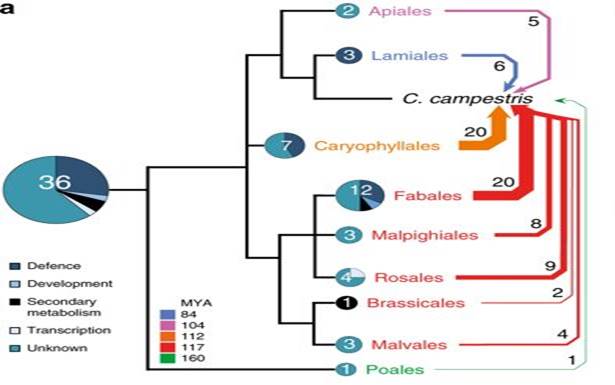
Footprints of parasitism in the genome of the parasitic flowering plant Cuscuta campestris (Nature Comms)
Plant Science Research WeeklyEven without knowing a lot about parasitic plants, you can probably guess some of the insights that come from the first parasitic plant genomic sequence. Because parasitic plants get their nutrients from another organism (functionally, they become heterotrophic), you might expect they would gradually…
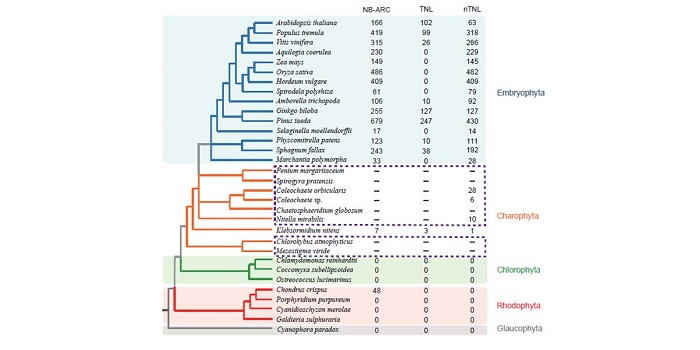
Origin of Plant R Genes
Plant Physiology, Plant Physiology: On The Inside, ResearchPlants rely on two branches of the innate immunity system to prevent or eliminate microbial infections: one involves cell surface receptors to respond to pathogen- or microbe- associated molecular patterns, and the other acts inside plant cells by using proteins with nucleotide-binding site (NBS) and…

Review: The origin and evolution of mycorrhizal symbioses (New Phytol)
Plant Science Research WeeklyMany fungi are pathogens that kill or weaken their plant hosts. However, there are also many species that form beneficial relationships with plants, algae, and cyanobacteria. One of these mutualisms is the mycorrhizal association between a fungus and a plant root, where the fungus provides the plant…
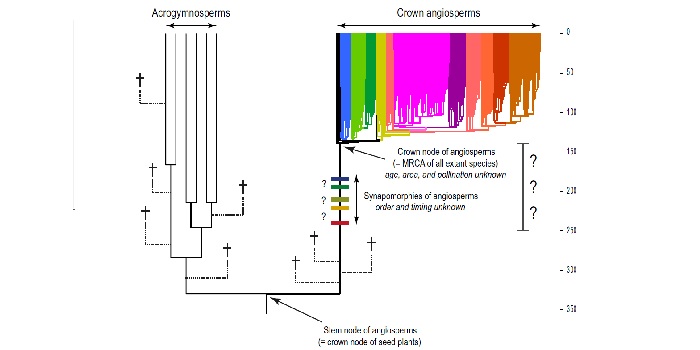
Review: Key questions and challenges in angiosperm macroevolution (New Phytol)
Plant Science Research WeeklyAre you curious about why and how angiosperms, flowering plants, are the youngest lineage of land plants and have become the most abundant group of plants? You are not alone. Generations of botanists and evolutionary biologists have wondered about this same thing. Many questions have been answered, such…
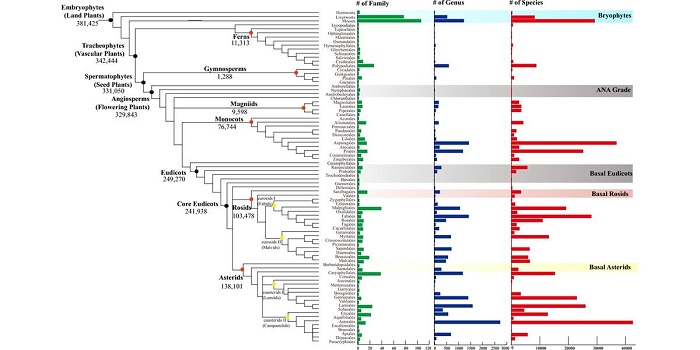
Commentary. 10KP: A phylodiverse genome sequencing plan (GigaScience)
Plant Science Research WeeklyNobody doubts the great insights we have gained about plant diversity and evolution from genome sequencing, but the patchy nature of available genomes within the plant phylogeny remains a problem. Cheng et al. describe the 10KP (10,000 Plants) Genome Sequencing Project, which aims to sequence genomes…
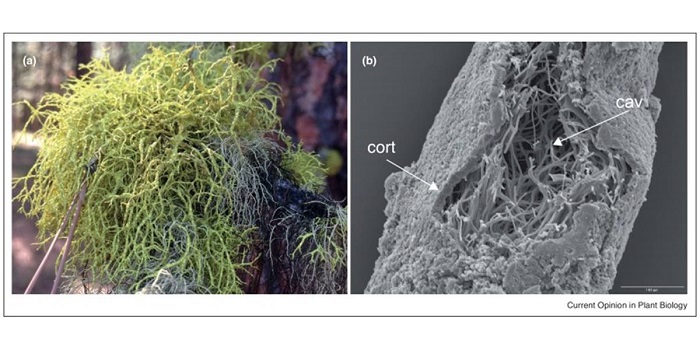
Review: Relative symbiont input and the lichen symbiotic outcome ($) (Curr Opin Plant Biol)
Plant Science Research WeeklyLichen are quite special, as they don’t exist independently of their partnership. Lichen are composed of a fungal partner and a photosynthetic partner (the algal or cyanobacterial photobiont), and these partnerships have evolved independently many times. Spribille provides an overview of some of…
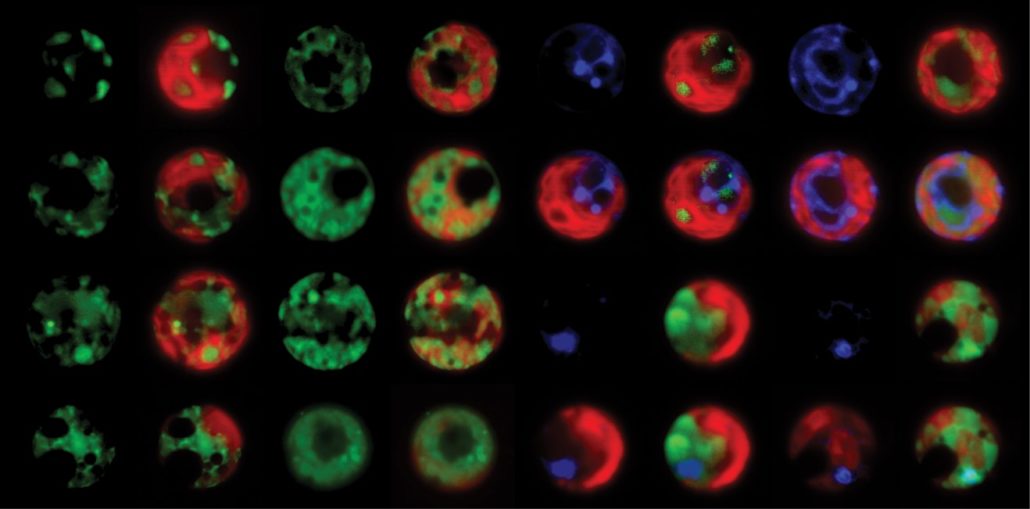
Saving Algae from Environmental Stresses
Research, The Plant Cell, The Plant Cell: In a NutshellDu et al. investigate an important protein that regulates photosynthesis under stress. Plant Cell. https://doi.org/10.1105/tpc.17.00446.
Background:…
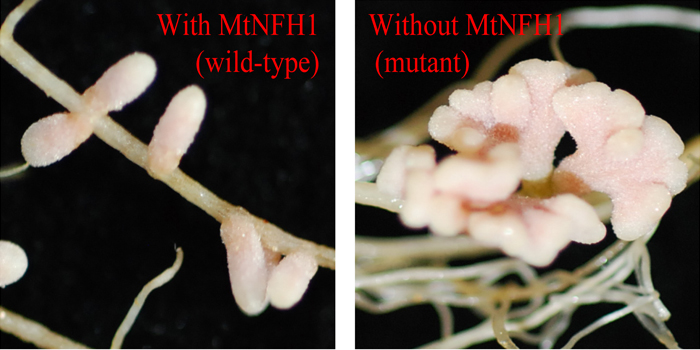
Nodule Symbiosis: Cleavage of Bacterial Signals Affects Nodule Shape
Research, The Plant Cell, The Plant Cell: In a NutshellCai et al. investigate the function of a Medicago truncatula enzyme (MtNFH1) that cleaves nodulation signals of symbiotic Sinorhizobium meliloti bacteria. Plant Cell (2018). https://doi.org/10.1105/tpc.17.00420.
By Jie Cai, Zhi-Ping Xie and Christian Staehelin
Background: Nitrogen-fixing rhizobia…
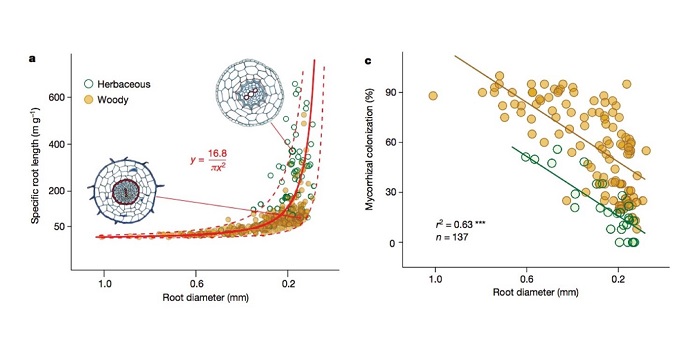
Evolutionary history resolves global organization of root functional traits ($) (Nature)
Plant Science Research WeeklyRoots differ in their form and function, as they need to compete for water and nutrients in the wide range of environment. Although we are starting to understand some adaptive aspects of individual root morphology features, the adaptive features of root organization are still poorly understood. Ma and…

